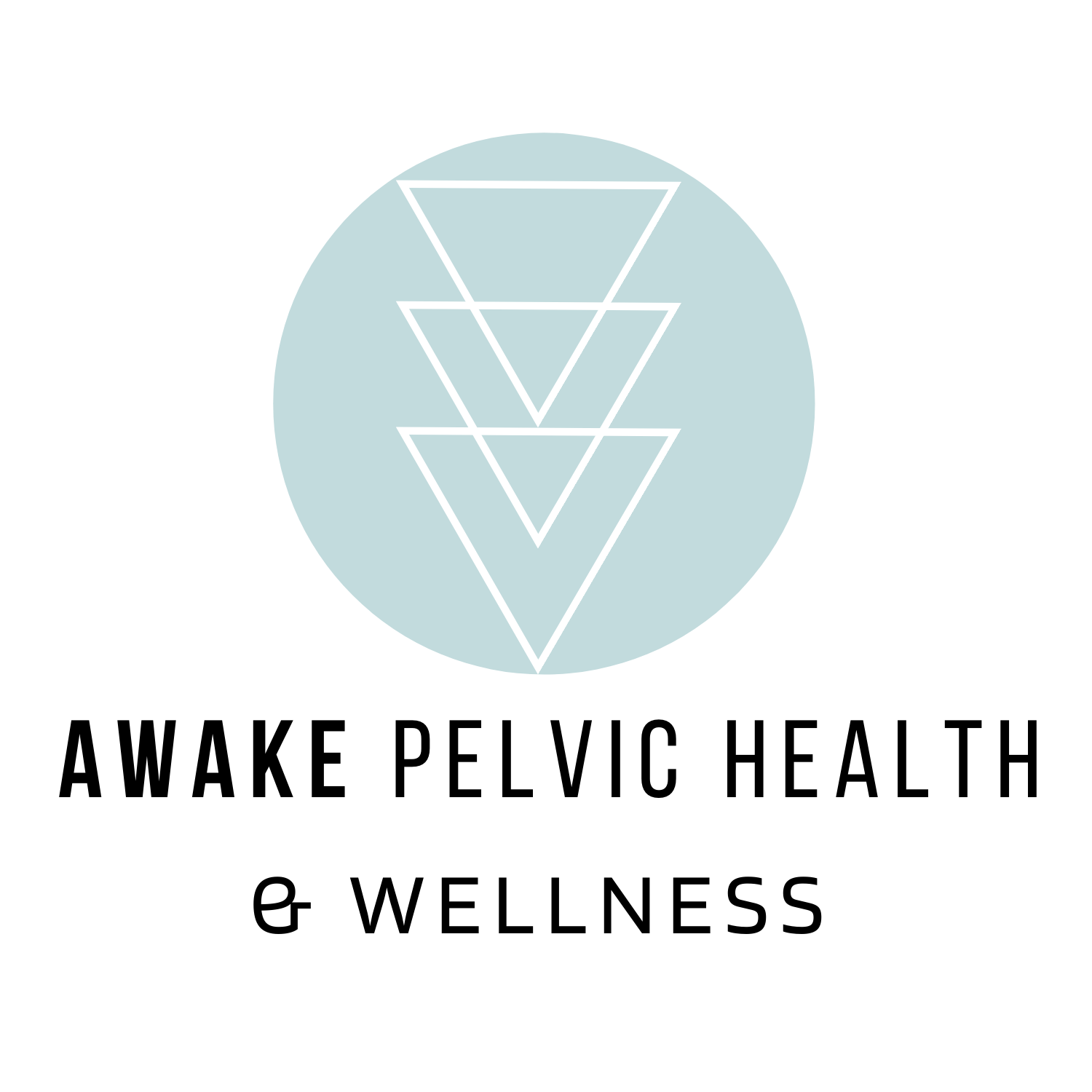8 Ways Pelvic Floor Physical Therapy can Help You During Pregnancy
One of the most common things we hear from our patients who have given birth is “I wish I had seen you during my pregnancy!” or “I wish I had done more prep during my pregnancy!” There is SO much that pelvic floor physical therapy can to help you feel your best during pregnancy, prepare for your labor and birth, stay strong in your body, and prepare for postpartum healing. In this blog, we discuss the 8 ways pelvic floor PT can be an invaluable part of your pregnancy journey.
Optimize posture: low back aches, neck pain and headaches, hip pain, etc can all be due to the changes in posture that happen during pregnancy due to a growing baby in front of you. Your PT will assess your posture and give you strategies to improve it as your pregnancy progresses.
Pelvic floor assessment: this one is huge! During childbirth, your pelvic floor needs to be able to stretch and lengthen in order to for baby to be born. At pelvic floor assessment can give you and your PT more information on the state of your pelvic floor prior to birth so that you can work on strengthening or stretching appropriately.
Address and resolve pain: at Awake Pelvic Health, we don’t just help you with pelvic floor problems. We can help you find relieve from all of the common pregnancy aches and pains, including back, hip, knee, neck, shoulder, and wrist pain. Don’t wait to get these resolved because they don’t usually go away on their own!
Build strength and fitness: the most recent recommends from the American College of Obstetricians and Gynecologists say that exercise during pregnancy is key! (with the exception of rare medical situations). Staying strong and active during pregnancy (even 15 min per day) not only provide benefits for your childbirth but help you stay fit for the demands of taking care of a newborn (think about all of the lifting, carrying, pushing, pulling you will be doing).
Prepare for birth: learn various birth positions, the best things you can do during labor, and natural pain management strategies to help you during your birth. We go over how different ways you can push and how to breathe during pushing. You will also learn simple, early postpartum exercises and recovery tips to help you heal faster.
Perineal massage and stretching: perineal massage is a special technique meant to help you reduce the risk of perineal tearing during a vaginal delivery. We teach you how to safely and properly do this during your pregnancy.
Prepare for postpartum: something else we hear from moms all the time is “I wish I knew this before I gave birth!” During your PT sessions while you are pregnant, we make sure to go over thorough tips and strategies to help you recover from your birth, so that you can be on your way to healing. We go over simple, early postpartum exercises that you can implement to assist with pelvic floor and abdominal healing.
Provide recommendations: we love providing our patients with recommendations for other local providers that can assist them during their pregnancy. At Awake, we believe that having a supportive birth team is incredibly valuable!
When should I start Pelvic Floor Physical Therapy during my pregnancy?
Every clinic is a little bit different in their recommendations, but we recommend women start coming to us as soon as they know they are pregnant! But it’s never too late to start, so anytime during you're pregnancy that you are able to start, we recommended getting an appointment scheduled ASAP. Everyone is different as to how frequent they come in for visits, but depending on the situation, we may recommend seeing you anywhere from 1x per week to 1x per month. Our goal is provide you with robust support, education, hands-on therapies, and exercises to keep you feeling your best.



